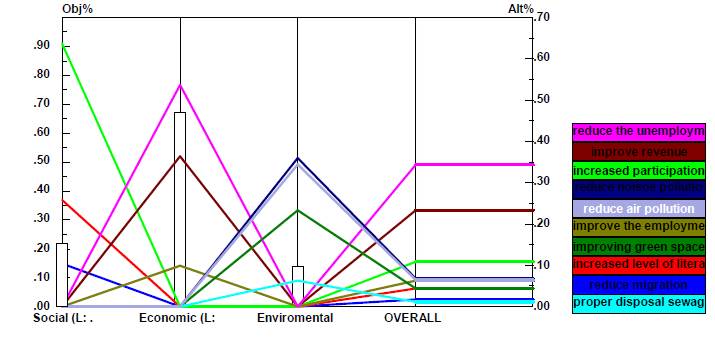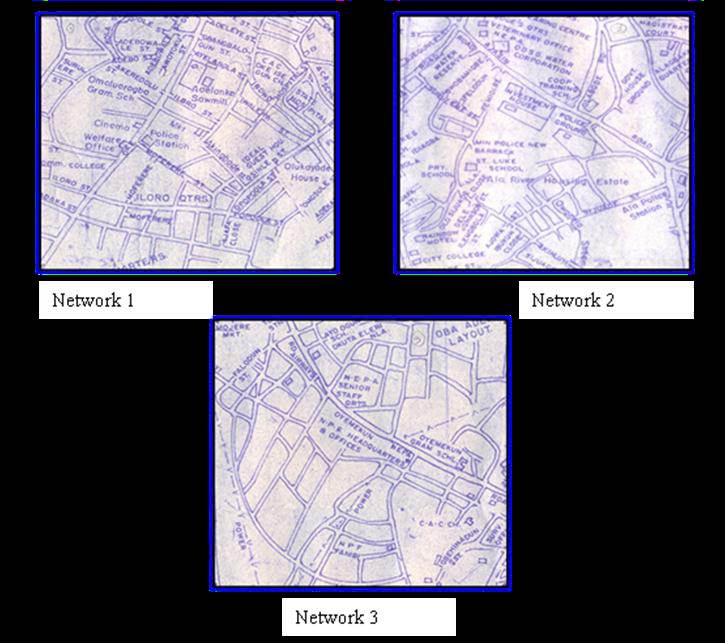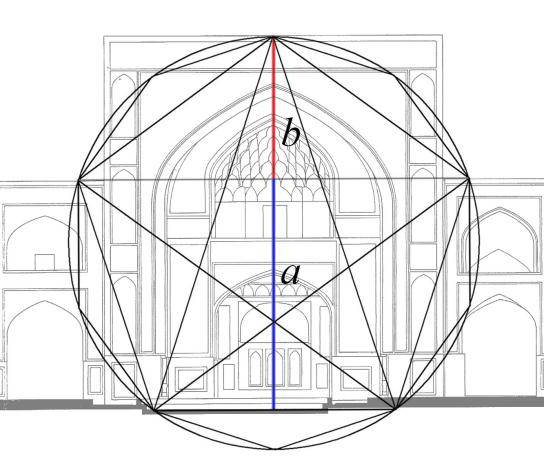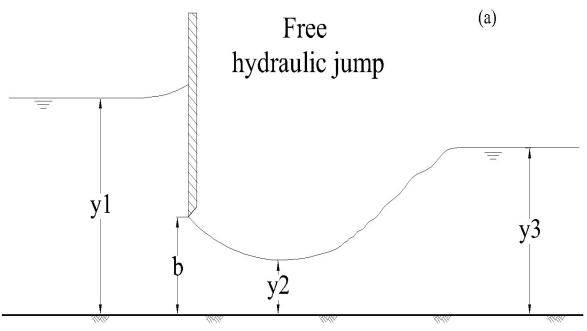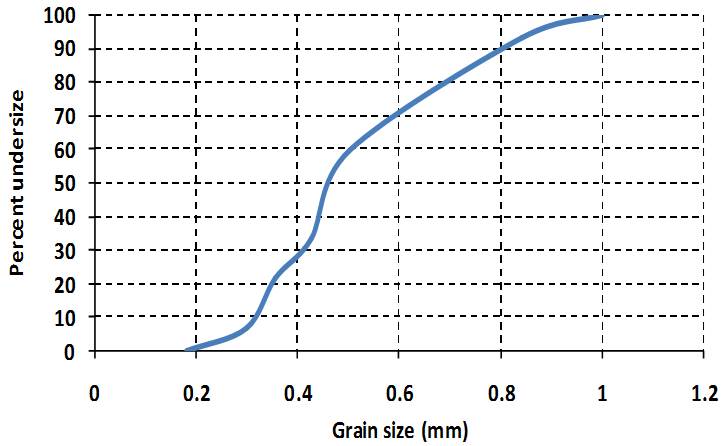Volume 2 : Issue 3, May 2012
Table of Content, 30 May 2012
|
Research Title/ Field |
Article (Abstract) |
Download |
|
Prioritizing the Sustainable Development Components and its Role in the improvement of Urban Effete Fabrics with group Analytical Hierarchy Process (AHP): A Central Part of Isfahan City Case Study |
Original Article, B16 ABSTRACT: Effete fabrics are the confines of urban realms that are in the city structures in dealing with some negative features. These neighborhoods are suffering from the kinds of shortages and problems such as exterior and physical exhaustions, poor urban infrastructures and services, social felonies and cultural problems and the types of economic problems. Despite all the weaknesses and shortcomings, these fabrics are part of the cities and there are many residents living in. It seems that given the scope and severity of the problems that beset these contexts, the most comprehensive approach adopted for dealing with shortcomings and deficiencies in effete fabrics is a participatory approach with sustainable purposes and development. Isfahan is considered the biggest historical town in Iran that an extensive part of its old context is affected with effeteness. This study aims to identify and ranking the sustainable development components influencing on the economic, social and physical improvements and the condition of access to improve and revive the effete fabrics of Isfahan city using hierarchical analysis method (AHP) and also using Expert Choice software. Although an effete context is an unavoidable result in city environment, these problems can be reduced or resolved with efficient policy. Having been analyzed and ranked the factors using collected comments and Expert Choice, the obtained results indicate that economic factors with 0.131 weights have the most effect on the improvement of effete city fabrics and social factors with 0.208 weights and environmental factors with 0.131 weights are the next priorities. |
|
|
Assessment of the Topological Properties of Akure Road Network |
Original Article, B17 ABSTRACT: This paper assesses the topological properties of Akure road network using graph theory. Three 1,609-square meters of different urban street sections were sampled from Akure road network map and developed into graphs using the primal approach. The resulting graphs were then described by their adjacency matrices. Investigation into the topological properties of the resulting graphs revealed that the three networks produced possessed small average clustering coefficients of 0.007, 0.016, and 0.026 and small average path lengths of 0.066, 0.088 and 0.062. The paths lengths obtained deviated from one obtained when it was assumed to be randomized. The degree distribution obtained over the networks could not be approximated using either binomial or Poisson distribution. Further investigation revealed Akure road network exhibited a power law degree distribution. |
|
|
The application of golden proportion in the façades and ornaments of quadruple vaulted porticos of Jami mosque in Isfahan, Iran |
Oiginal Article, B18 ABSTRACT:Various investigations have been carried out about the Jami mosque of Isfahan before and each of them considered analyzing a part of assets of this magnificent arte fact. A part of these studies focused on the building fabric and resulted in the pathology of this building. A group of published works have been concentrated on the architectural styles of the building and its evolution through the various reigns of Iranian kings. Arthur pope and Andre Godard analyzed the shapes and styles of the building before and after Islam. Recent researches have also been carried out more about the brick laying systems of vaults, brick ornaments, tile works and plastering. However not enough research has been done about the aesthetic aspects and using golden proportion in the facades and quadruple vaulted porticos of this mosque. A comprehensive study about the golden ratio and golden proportion which is rooted in the Fibonacci series has led towards a geometrical shape which has been used as a standard measure to check the existence of any employment of golden ratio. Placing this standard shape over the arches of vaults in facades according to the scale of the maps revealed the usage of golden proportion in them. Architects and master builders of this mosque were aware of the adjunctions to the building throughout history and were trying to create coordination and harmony between various parts by using proportion systems. Keywords: proportion, golden proportion, Jami mosque of Isfahan, portico, façade |
|
|
Weep Hole and Cut-off Effect in Decreasing of Uplift Pressure. (Case Study: Yusefkand Mahabad Diversion Dam) |
Original Article, B19 ABSTRACT: In order to have economic designs to reduce uplift pressure in hydraulic structures like diversion dams and concrete gravity dams, so many methods have been proposed that the most important include construction of horizontal aprons/cutoff walls in upstream and downstream of the dam and weep holes in the downstream or proper place between the two cutoffs. The effect of weep holes and cutoff on uplift pressure is the main goal of this study. This study focuses on Yusufkand Mahabad diversion dam in IRAN, by simulation it in Seep/W software. Effect of weep holes location and different depth of the dam cutoff walls on uplift pressure and on exit hydraulic gradient is investigated. Results show that upstream cutoff with 8 meter depth decreases uplift force about 63% and decreases exit gradient 79% respect to without cutoff case. Installing weep hole in downstream stilling basin decreases uplift force 8% and decreases exit gradient 74% more than without weep hole. Based on this research, design of diversion dams can be carry out by minimizing concrete costs and hence become economical design. |
|
|
Vertical Sluice Gate Discharge Coefficient |
Original Article, B20 Keywords: Discharge coefficient, free flow, multiple regressing, sluice gate, submerged flow |
|
|
Application of Bed Sill to Control Scouring Around Cylindrical Bridge Piers |
Original Article, B21 Keywords: Scouring, Cylindrical Piers, Bed sill, Scour reduction |
|
|
Transferring of Limited Rights Model (TLRM) with the highest priority in the Theory of Development Plans |
Original Article, B22 DOI: https://dx.doi.org/10.54203/jceu.2012.B22 ABSTRACT:In this study, transferring of limited rights model (TLRM) is proposed as an innovative implementation instrument for development plans in which its coverage area with theoretical and practical approaches is a holistic structure in relation with different disciplines and so widely. The model can be used with protected areas easily or together with preventive steps in related to the emergency situations such as the natural disasters. This model is also kept its validation in cultural, historical, urban, archeological, social and natural assets, and also cost, forest, meadow, sheep, thicket, heath and national parks, at the same time protects quag, underground, surface water, dams, drainage or water basins besides disasters, forest fire, flood, avalanche, disasters at first or later. The proposed model can be utilized for the aim of public service, order and interest in the development planning studies and applications, in the urban conservation, renewal and regeneration, in the real estate's utilization of individual and corporate ownership, in the process of making laws, the regulations and the decisions since 1980, as a result of the planning qualified as a rule of transaction. |
|

